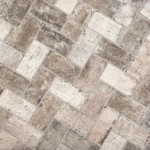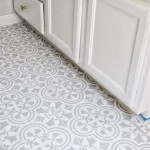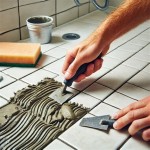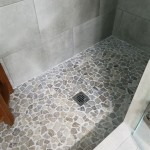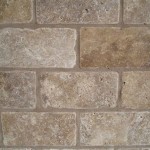Do You Have To Put Cement Board Under Tile?
The decision to use cement board under tile is a crucial one in any tiling project. While it's not always mandatory, there are specific situations where it is highly recommended or even essential. Determining whether or not to install cement board involves considering the substrate (the surface you are tiling on), the type of tile being used, and the expected usage of the tiled area. Many factors contribute to the decision, and understanding the intricacies of cement board installation can help ensure a long-lasting and beautiful tiled surface.
Benefits of Using Cement Board Under Tile
Cement board, also known as backer board, offers several advantages that make it a worthwhile investment in many tiling projects:
- Water Resistance: Cement board is highly resistant to water damage, making it ideal for areas prone to moisture, such as bathrooms, kitchens, and showers. It creates a barrier that prevents water from seeping through the substrate and causing damage to the underlying structure.
- Increased Durability: Cement board provides additional strength and rigidity to the substrate, making the tiled surface more resistant to cracking and impact. This is especially important for areas subject to heavy foot traffic or where objects might be dropped.
- Improved Tile Adhesion: The smooth, flat surface of cement board provides excellent adhesion for tile mortar, resulting in a stronger bond and a less likely chance of tiles coming loose. This is crucial for heavier tiles, large tiles, or tiles installed in high-traffic areas.
When Cement Board is Recommended
While not always mandatory, cement board is generally recommended in the following situations:
- Over Concrete Substrates: Concrete is often porous and can absorb moisture, leading to issues with tile bonding. Installing cement board over concrete provides a smooth, water-resistant surface that improves tile adhesion and prevents moisture damage.
- Over Wood Substrates: Wood is prone to expansion and contraction with changes in humidity, which can cause tiles to crack or loosen. Cement board acts as a stable layer that mitigates these movements and ensures a secure tile installation.
- High-Traffic Areas: Areas subject to heavy foot traffic, such as entryways, kitchens, and bathrooms, benefit greatly from the added durability and rigidity provided by cement board.
- Large Tile Sizes: Larger tiles require a strong and stable substrate for proper adhesion. Cement board provides the necessary support to prevent tiles from sagging or cracking.
- Outdoor Applications: In outdoor applications, where tiles are exposed to weather elements, cement board helps prevent moisture penetration and freeze-thaw damage.
Alternatives to Cement Board
While cement board is a popular choice for many tiling projects, alternatives exist for specific situations. Some alternatives include:
- Waterproof Membranes: These membranes are thin, flexible sheets that are applied directly to the substrate and provide water and moisture resistance. They are often used in conjunction with thinset mortar and are suitable for areas with lower traffic or where the substrate is already relatively smooth and stable.
- Modified Thinset Mortar: Some thinset mortars are designed to be waterproof and can be used without cement board for certain applications. However, it's important to carefully consider the specific properties of the mortar and the substrate to determine its suitability.
Ultimately, the decision of whether to use cement board under tile is best made by consulting with a qualified professional. They can assess the specific project conditions, the type of tile being used, and the expected usage of the tiled area to determine the most appropriate approach for a successful and durable installation.

How To Install Cement Board The Home Depot

How To Install Cement Board The Home Depot

How To Install Cement Board On A Floor Diy Family Handyman

How To Install Hardiebacker Cement Board On Floors James Hardie Pros

How To Install Cement Board The Home Depot

How To Install Cement Board In 3 Easy Ways Q1 2024 Infographic

Cement Backerboard Floor Tile Installation Uncookie Cutter

How To Install Cement Board The Home Depot

Tile Installers Select Hardiebacker Cement Board As Most Preferred Brand 2024 02 22 Stone World

Easily Install Cement Board To Prep For Tile Installation
Related Posts

